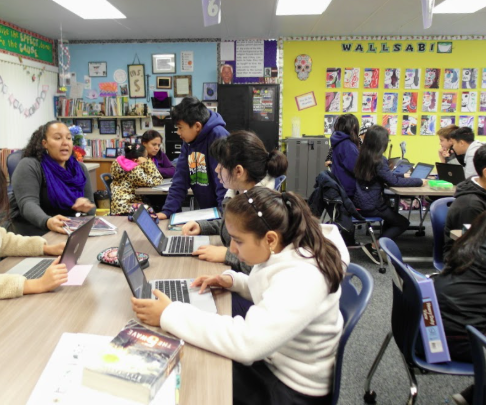Introduction
In today’s evolving educational landscape, terms like “blended learning” and “personalized learning” are often used interchangeably. However, while both approaches use technology to improve learning outcomes, they serve distinct purposes and operate under different frameworks. Understanding the difference between the two can help educators choose the best strategies for their classrooms.
1. Defining Blended Learning
Blended learning is a teaching method that combines traditional face-to-face instruction with online learning. Students may alternate between in-person classes and digital coursework, allowing for more flexibility and autonomy. The core feature of blended learning is the integration of online components into a structured classroom environment.
2. Defining Personalized Learning
Personalized learning, on the other hand, focuses on tailoring the educational experience to each student’s unique strengths, needs, and interests. It emphasizes student voice and choice in the learning process, often with custom learning paths, goal setting, and adaptable content. While technology can support personalized learning, it is not required.
3. Key Differences
The main difference lies in the focus: blended learning emphasizes how content is delivered, while personalized learning focuses on what content is delivered and how it aligns with the individual learner. Blended learning ensures varied instruction formats, whereas personalized learning ensures instructional content is student-specific.
4. Use of Technology
Both models use technology, but in different ways. In blended learning, technology is central to delivery—through videos, quizzes, and interactive modules. In personalized learning, technology often plays a supportive role, such as through adaptive learning platforms that adjust to student performance.
5. Teacher’s Role
In blended learning environments, teachers act as facilitators who guide students between in-person and online experiences. In personalized learning, teachers take on a coaching role, helping students set goals, monitor progress, and reflect on learning strategies.
6. Classroom Application
Blended learning might look like students rotating through computer stations or watching online lectures at home. Personalized learning could include student-designed projects, flexible pacing, or individualized support plans. Some classrooms even combine both methods for a more comprehensive approach.
Conclusion
Blended learning and personalized learning both aim to improve student engagement and outcomes, but they approach these goals from different angles. Blended learning merges traditional and digital instruction, while personalized learning reshapes content around each student’s profile. By understanding the differences, educators can craft learning environments that are both flexible and responsive, setting students up for meaningful, long-term success.














